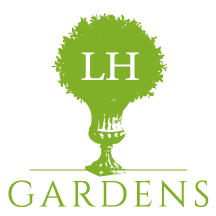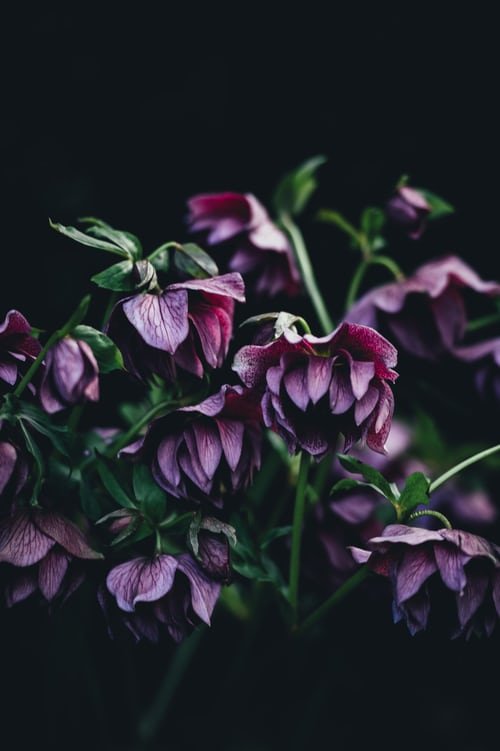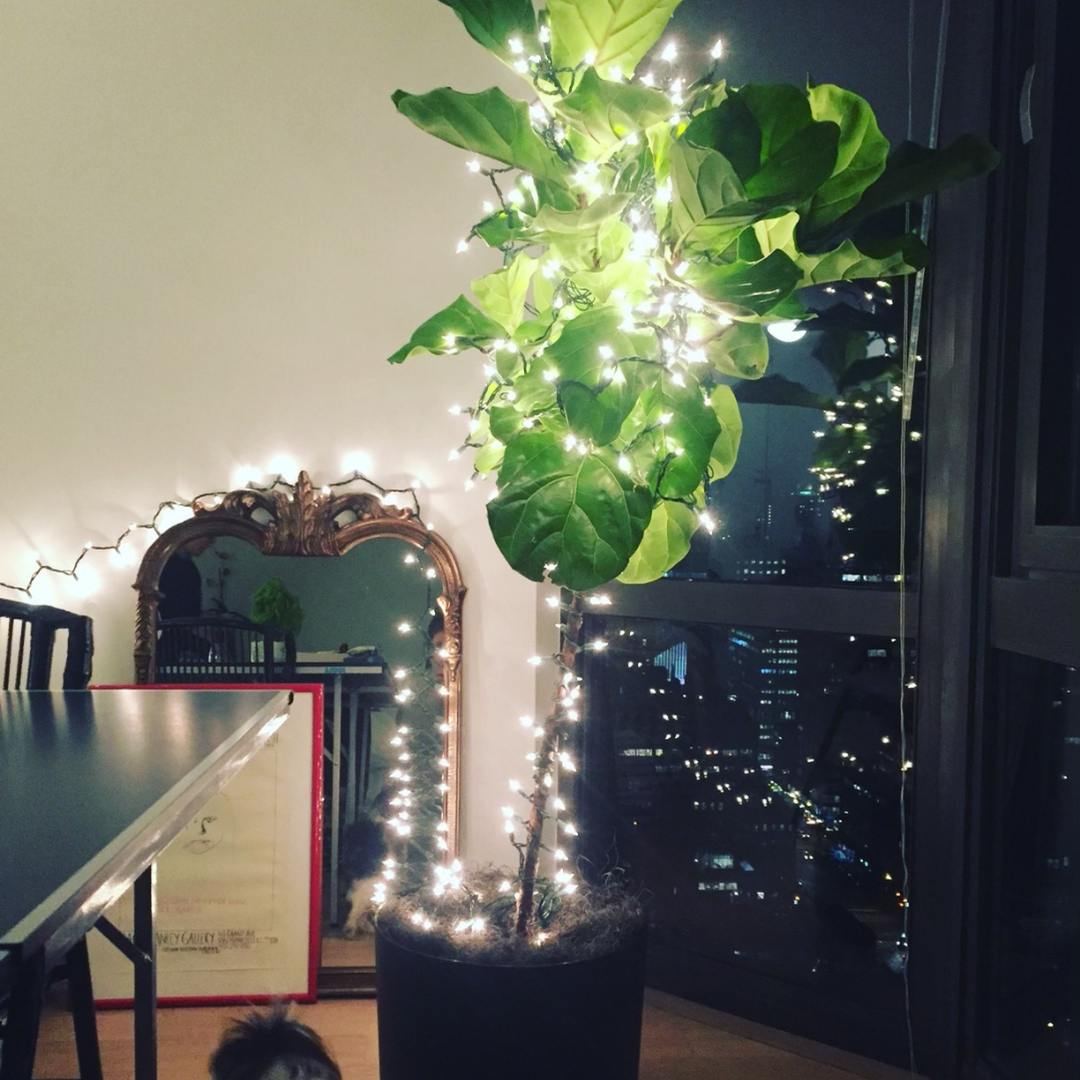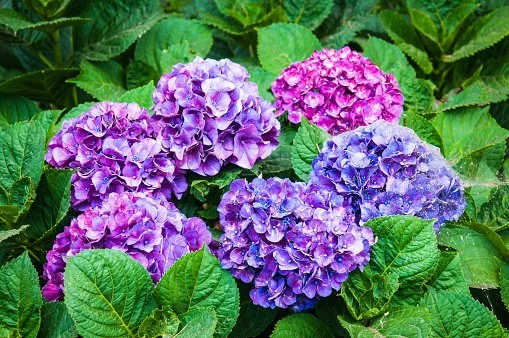Do you stay up nights wondering what to do with your Hellebore foliage? Gee, me too…
As a professional gardener I would always remove it, and I almost always do the same for just little me too.
Cons:
If you don’t like gardening, then it’s just another thing you have to do, but I bet you aren’t reading this if you don’t like gardening.
Anne Wareham of Garden Rant points out with an immensely illustrative photo that they can look a little naked and silly sticking straight out of the ground with no foliage. She wrote a whole blog on the topic of Hellebore foliage.
Pros:
It’s a pretty satisfying job.
You get to add a bunch of green to your compost pile.
When new growth comes, it’s all the good stuff, including fresh new foliage.
But, like with most gardening topics, you get to choose how you feel and act about it!
Plant of the Week
The Ficus is a genus of 850 everythings— trees, vines, epiphytes, sea snails… but let us concentrate on plants. Here are some fun facts:
The Banyan tree is a Ficus!
The Ficus benjamina, which may be in your house as a houseplant, could get to 50’ if left to its tropical ways outside.
The Fiddle Leaf Fig is a Ficus (F. lyrata), and let’s concentrate on my grandplant (a plant belonging to our daughter and SIL, and grandplant should probably not be a thing, and yet it probably is).
Our Grandplant (btw, I don’t think Jeff is tracking that he has one of these) in its childhood in Manhattan.
Just last spring, now at least 5 years of age. And Great Grandmother Murney is 86 and Great granddaughter Murney is 9 months.
Getting a little big for our britches…
So we undergo some surgery
And fits better in the cute little CT home.
And the happy result of those bottom 3 photos is that one of those babies is now living with us in Virginia. So I guess that mean we adopted our great grandplant.
Guest
I don’t know when I stumbled onto Nanny Noo on Instagram, but I have been following her for years. She is one of those people who make you feel better having checked in with her for the day. She is very active on Instagram, but only in the sort of way that gives the vibe of “how are you doing today?" and you are doing better because she reached out. Sometimes I’ll get busy and not ‘see’ her there, and then I will get a gentle tag and hello and all is right again.
Her real name is Julie Hart and her Instagram account is Nanny’s Diary 92. She is a mum and a grandmum and a true gardener. I chat with her about how she began, how she learned, what it means to her now, and at the end of our chat she gives us three valuable gardening tips.
She loves boxwoods, roses, blue and white containers, and ‘pottering’ about. There are so many reasons why social media is not good, but Nanny Noo is a reason that it is heart warming and very very good. Read these posts and then I bet you go follow her.
So this is a typical charmer and you can see some of her pots.
This one is so charming that you should follow this link to her Instagram post. It’s worth a read.
She loves her grands.
The Play List
Before I get down the business of pruning Hydrangeas, I did a sort of medium dive into the topic of the “business” of dogs. We’re talking #2 here, people. I won’t include any images, but so that you are better informed, here is the link to a rather dire information from the EPA that I managed to misquote, oops, and the more hopeful information about how Ginny’s production could be safely composted from the USDA. Warning: this document is very specific, and neither the USDA nor I recommend that you attempt this unless you get your pile really heated up to kill the myriad pathogens that your dog produces. This stuff is very noxious .
On to PRUNING HYDRANGEAS
Go listen to the pod for any pearls of wisdom that you can collect from me, but the three big takeaways are
If the word ‘macrophylla’ is a bit fancy for you, it’s they type that looks like the photos below. I think of it as the one most people fall in love with first. It blooms on last year’s growth, so pruning it is unnecessary and also hazardous if you want blooms this year.
Photo: AZNDC on Unsplash, and see all those flowers on the ground? Those are the branches I would have pruned.
2. You don’t have to prune them at all! I prune lower branches, dead branches and branches that stick out all crazy.
3. Don’t do this (below). I rarely get excited enough to say ‘do’ or ‘don’t’ about your garden, but c’mon man. That’s ugly.
Why would you EVER?? Please take those sticks away (later in the spring, when you know the sticks are sticks and not viable flowering branches. Thanks for that.
If you like this podcast and blog, would you help me
in my quest to not work for free?
I would appreciate it very very much!














